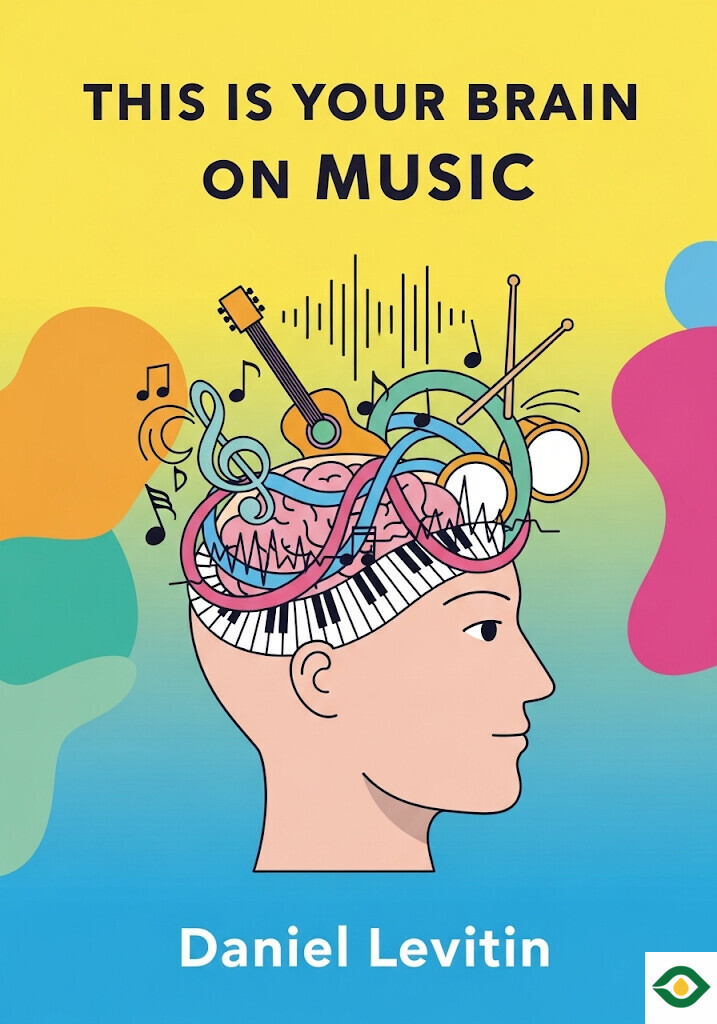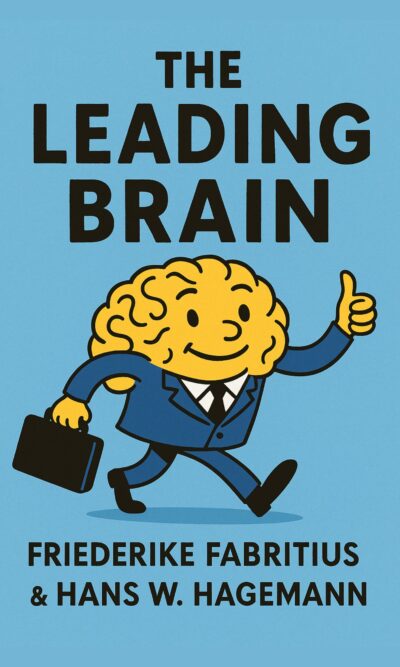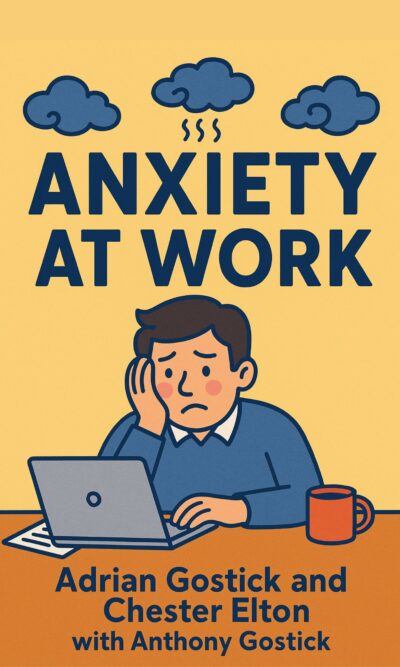Description
Music has always been a part of human life. From the earliest songs sung around fires to the complex symphonies we enjoy today, music is woven into the fabric of our cultures and our personal experiences. It is not just pleasant background noise but something that touches us in deep and mysterious ways. Science now reveals that music is more than entertainment—it is central to how our brains work, how we connect with others, and how we make sense of our world.
At its core, music is organized sound. Random noise has no structure, but when sounds are arranged in a meaningful way, they become music. The building blocks of music include pitch, rhythm, tempo, contour, timbre, loudness, and reverberation. Each of these pieces plays a role. Pitch is about which note we hear. Rhythm is how long or short notes are played. Tempo is the speed of the song. Timbre explains why the same note sounds different on a guitar versus a violin. Loudness is the energy behind the sound, while reverberation shapes how close or far the sound feels. When these elements combine with intention, they create melody, harmony, and rhythm—the foundation of every song.
But why does music exist at all? Some scientists once thought music was just a by-product of language, a kind of mental “dessert” with no real purpose. But most researchers today believe music has an evolutionary role. It may have been the stepping stone that allowed early humans to develop language, since singing and speaking share many of the same motor skills. Music may also have been a way to attract mates, much like a peacock’s feathers. If someone could sing and dance, it showed health, intelligence, and energy—traits that were attractive for survival and reproduction. Whether or not this was its original purpose, music clearly plays an important role in human life today.
When we listen to music, the brain lights up almost everywhere. The oldest parts of the brain, which handle movement and emotions, are activated. The auditory cortex helps us process pitch and timbre. Memory centers like the hippocampus work to connect what we hear with what we know. Higher-level brain regions handle planning, decision-making, and self-control as we follow along with the melody and rhythm. What makes this even more fascinating is that all of these processes happen at once, not in sequence. The brain does not wait to figure out pitch before processing rhythm; it does everything in parallel. Music is a workout for the entire brain.
One of the reasons music moves us so strongly is because it plays with our expectations. Our brains are prediction machines. When we listen to a song, we are constantly guessing what comes next. A skilled composer can surprise us, delay resolution, or give us exactly what we expect at just the right time. This back-and-forth between expectation and reality is what makes music emotional. Think of the dramatic pause in a blues song before the guitar solo kicks in, or the leap in “Over the Rainbow” that shocks us before gently bringing us back. These tricks give music its emotional power.
Music also has a unique relationship with memory. A simple tune can unlock vivid recollections from years ago. A song you heard in high school may bring back the exact feelings, smells, and moments from that time. This happens because music and memory use overlapping brain systems. When we first hear a song, the brain stores both the general idea and the specific details. Later, hearing that tune again can reactivate those stored traces, bringing forgotten experiences back to life. This is why music therapy is sometimes used with people who suffer from memory loss—songs can reach where words cannot.
Another fascinating feature of music is groove. Groove is that irresistible feeling that makes you want to tap your foot, nod your head, or get up and dance. Groove works because the brain predicts a beat and feels satisfaction when those predictions are slightly delayed, shifted, or violated in subtle ways. A good drummer, for example, may speed up or slow down ever so slightly to make the rhythm feel alive. Studies show that groove activates the cerebellum, the part of the brain that controls movement and timing, as well as the emotional centers. This close connection between movement and emotion may explain why music often makes us want to dance and why rhythm feels so tied to feelings.
Musical skill itself is a mix of practice and natural ability. Studies of expert musicians show that those at the very top usually practiced more than anyone else, often putting in over 10,000 hours of effort. Natural traits, like large hands for a pianist, or a naturally strong singing voice, also play a role. But talent alone is never enough—hard work is always the key. Genes and environment each seem to account for about half of a person’s potential. That means persistence, discipline, and exposure are just as important as natural gifts.
Our taste in music also follows a fascinating path. From before we are even born, music shapes us. Studies show that babies prefer songs their mothers listened to while pregnant, even recognizing them after birth. As we grow older, the music we are exposed to continues to shape our preferences. We tend to enjoy songs that are not too simple but not too complex, striking a balance between predictability and surprise. Familiarity matters too—songs we have heard before often carry positive associations and feelings of safety. Music becomes part of our identity, reflecting our memories, our cultures, and our emotions.
All of this reveals just how central music is to being human. It is not just entertainment. It is a mirror of our brains, our histories, and our emotions. Music connects us to the past by unlocking memories. It connects us to others through shared rhythms and dances. It connects us to ourselves, helping us process emotions we cannot always put into words.
The final message is simple: music is powerful because it engages nearly every part of the brain. It may have even helped our ancestors learn to speak. Music has the power to stir emotions, trigger memories, bring joy, and move us to tears. The best part is that you do not need to be a professional musician to benefit from it. Simply listening, humming along, or tapping your foot activates brain areas linked to learning, memory, and well-being. Music is for everyone, and its power is always within reach.





